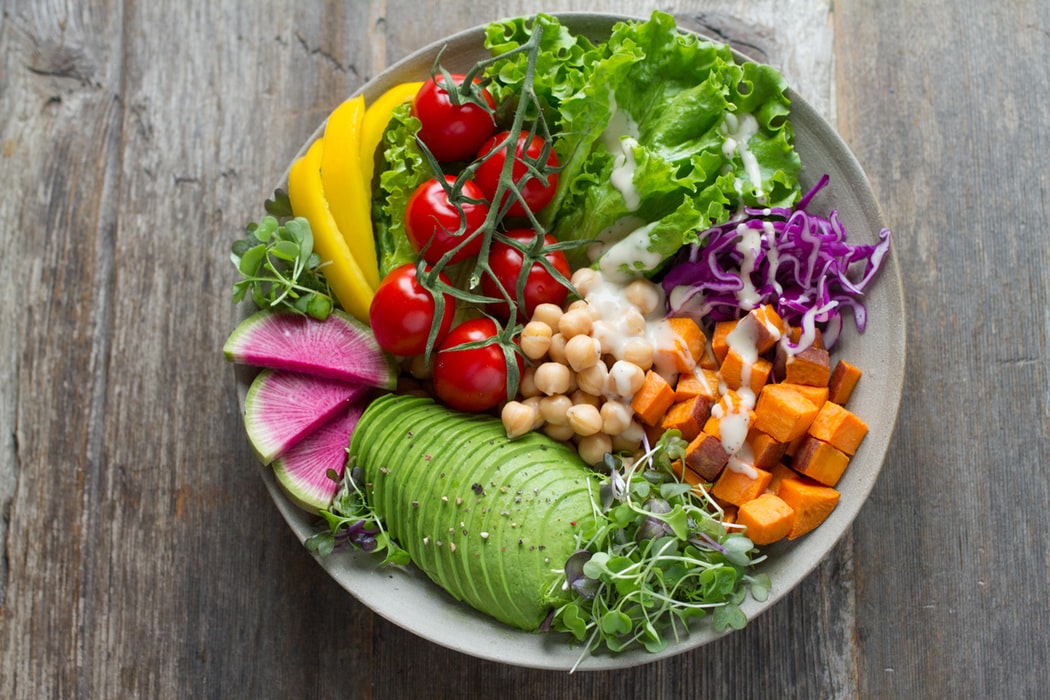Whole-Food Plant-Based Diet Tips
Do’s and Don’ts on a Whole-Food Plant-Based Diet
As with anything, attempting a Whole-Food Plant-Based (WFPB) diet, or adding this variation to your existing diet can be daunting. The first questions people often ask are:
• What foods should I eat?
• What foods should I avoid?
• How many calories do I shoot for?
• I’m already a Vegetarian. Isn’t that the same?
Well, let’s look at some of the things you shouldn’t do first. After all, avoiding pitfalls is the first thing we want to achieve so we can get into the real results…
Do Not:
It’s easy to look at the scary “Do Not” of anything and feel that twinge of anxiety. After all, we’re not supposed to trespass, commit crimes, or do bad things. But, the “Do Not’s” of the WFPB diet eating patterns really aren’t’ that scary.
Don’t:
• Obsess over getting enough protein
• Assume a meatless meal is automatically healthy
• Always include meat substitutes
• Let yourself get bored
• Go at it without direction
As long as you’re eating a good variety of foods like oats, lentils, and vegetables you’re very likely meeting the typical RDA of 46 to 56 grams of protein per day. Plus, regardless of which burning pattern you’re following, protein should really only make up no more than 15% of your total caloric intake.
Remember that “meatless is automatically healthy” mantra is a fallacy. Everybody burns through its nutrients differently, and this includes your macros. Some of us deal with and fight with things like insulin resistance. Some of us are protein/fat efficient which means our bodies burn dietary fat better than glucose and respond better to dietary fat than carbs. On the other hand, some of us also function better on carbs.
Everybody knows that even though meats aren’t the most healthful source of fat, they are still an excellent source, and regardless of your nutritional lifestyle, be it low carb or low fat, you still need fat. Whole-food Plant-Based is centered around and founded on plants, but “plant-based” is not the same as “plant only.”
Also, keep in mind, that Dr. Pepper is meat free. So are most Little Debbie cakes, and potato chips. They’re not necessarily healthy though. While we’re on meats, you don’t always have to include meat substitutes either. While plant-based foods are preferable, if you really need a side of protein, reach for the real natural stuff. Tofu is great but not everybody can handle digesting soy. Furthermore, Dietician Vandana Sheth confirmed in Global News that mock meats often have fat, sodium, and calorie contents that are just as high as the real thing.
The most important thing you can do with any nutritional lifestyle is to have fun with it. Don’t let yourself get bored. Collect as many recipes as possible and don’t be afraid to get creative in the kitchen.
As with anything, educate before you dive in headfirst. Take your time with this. There are tons of documentaries, books, articles and support groups that can give you tons of insight.
Now, let’s get to the fun stuff… The stuff you have full license with…
• Eat more than you used to
• Get enough nutrients
• Plan your meals ahead
• Think ahead for on-the-go
• Find your support network
To start, with any WFPB diet you may find yourself hungrier than usual. That’s okay. Plant-based diets tend to be less caloric. 2000 calories a day is still the typical goal for an adult, so load up!
Make sure you’re getting enough nutrients. If you’re focusing on the “plant-based” and avoiding animal or animal-based protein altogether, pay particular attention to your B12 intake. If you find that your diet may be lacking, consider a supplement.
Planning ahead is key to achieving anything. Sticking to a diet requires it, so plan your meals ahead. By having it ready to grab, you are less likely to fall off the wagon. It also helps with portioning and typically saves money.
This is especially important for those days when you’re non-stop or if you’re one of us who are on the go all the time. When you feel a rumble of hunger or need an energy boost, take a new approach to “fast” food. Fruits are literally the easiest food to tote around.
Finally, no one person is an island. It really does take a village to do anything. Having people that understand your way of life makes it that much easier to stick with it. Find a group or use an app to assist.
Author – Ali Delaney
Hi, I’m Ali and I am the author of Natural Life Journey at naturallifejourney.com. I have 10+ years of experience in natural and organic living and I want to share my knowledge with you. I am here to help you start your journey to improve your health naturally.





Recent Comments